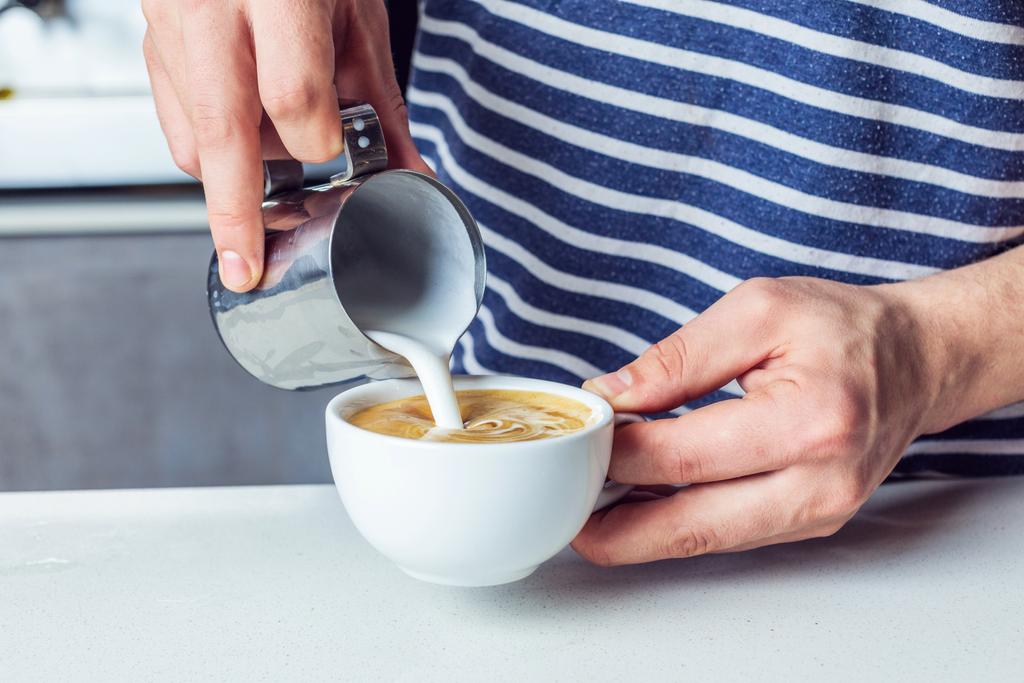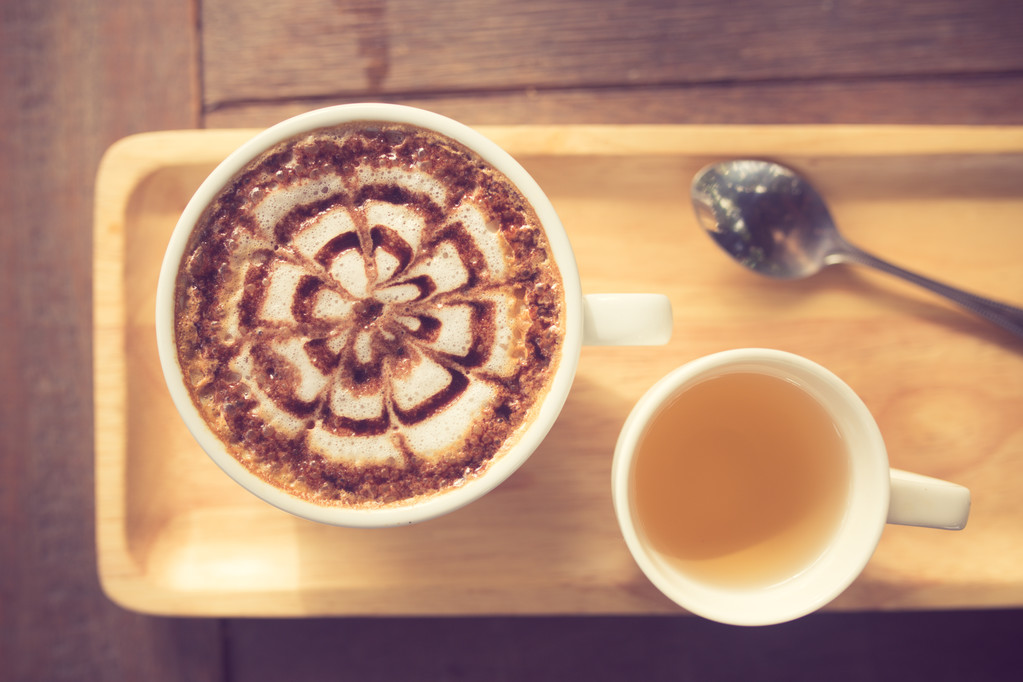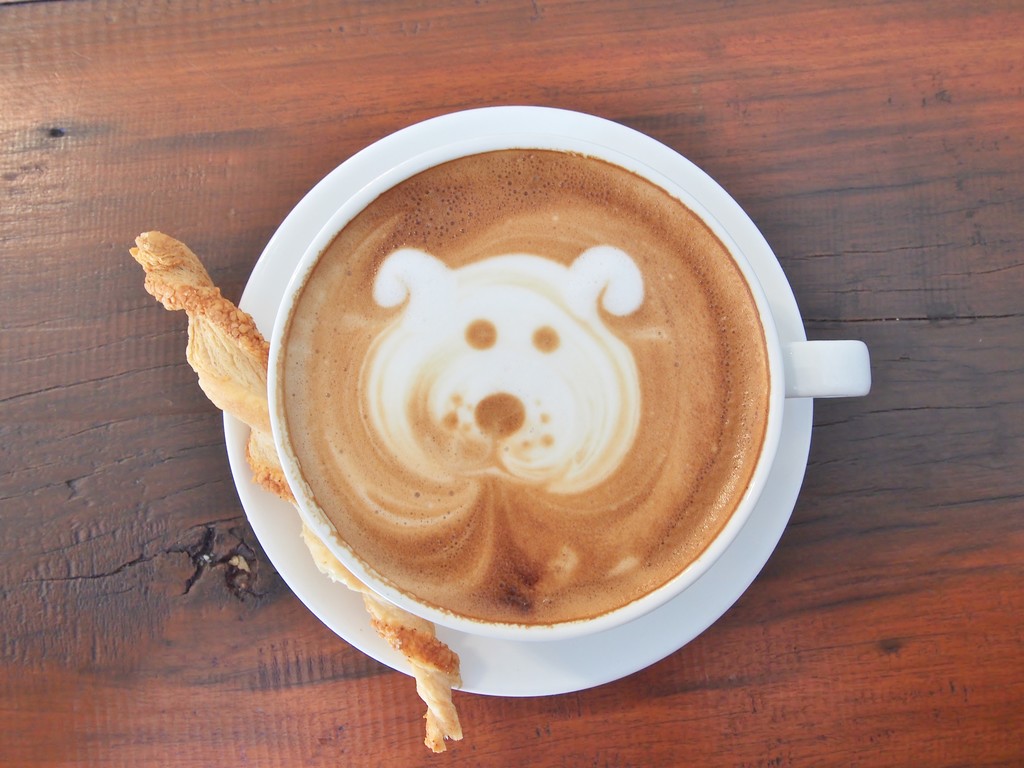Fully automatic coffee machines conjure up the perfect coffee with just a few button presses. With the right barista tips you can still refine your coffee.

This is how coffee succeeds according to individual requirements – our tips
So there is much more behind the preparation of a coffee than just the pure activity of the coffee machine. With our barista tips we bring you the world of coffee creations a little closer and show you interesting interesting tricks for preparing your personal favorite coffee. The effectiveness and effectiveness of this advice is confirmed by the daily application of Barista professionals.

It depends on the bean!
First you should consider choosing the right coffee bean and the degree of roasting. Already here you can have a significant impact on the ultimate taste, the expression of the bitter substances and the flavors. The roasting process should not be more than a week to a maximum of two months. Older espresso and coffee beans lose freshness and taste.
The optimal degree of grinding
Even during the subsequent grinding of the beans, some things have to be considered for the best possible “coffee flour”. With coffee machines or fully automatic machines, of course, you have no major influence on grinding -but can make different settings depending on the device. With coffee grinders, the use of flat grinding discs is recommended for grinding espresso. If the coffee is ground too rough, important components do not dissolve and there is a acidic taste. If the coffee is too fine, bitter substances and cellulose escape. So the middle ground is perfect. Incidentally, the distribution and the tumor in a portafilter also works perfectly.
Cleaning the coffee machine
So that you can enjoy a coffee with a constant taste and with the best properties, you should always pay attention to cleaning your coffee machine. This is of fundamental importance for the end product, but is unfortunately often underestimated and neglected. Residues, meals and clogged lines ensure that the desired taste is falsified and reduce the quality of the coffee. Modern machines score with self -cleaning programs and easy to clean components.
Good water for good coffee
When it comes to barista tips, not only the type of coffee and the corresponding machine is crucial. Since coffee drinks are 98 % of water, you should also pay attention to the optimal water supply. The degree of hardness and the purity of the water also decide on the taste. A high limestone content or a bad pH is, for example, rather counterproductive and lead to an unpleasant aftertaste.
The right cup
With regard to the coffee cups, it can be clearly said that these should preferably consist of thick porcelain. They can be pre -warmed up with the help of fully automatic coffee machines and save the warmth of the coffee better than thin tea cups or glasses with just one wall. In addition, the cup is ideally round and without edges. It is worthwhile to let the Crema run into the cup over the edge and not to pour as perch. So it does not tear and optimally rounds off the coffee.










